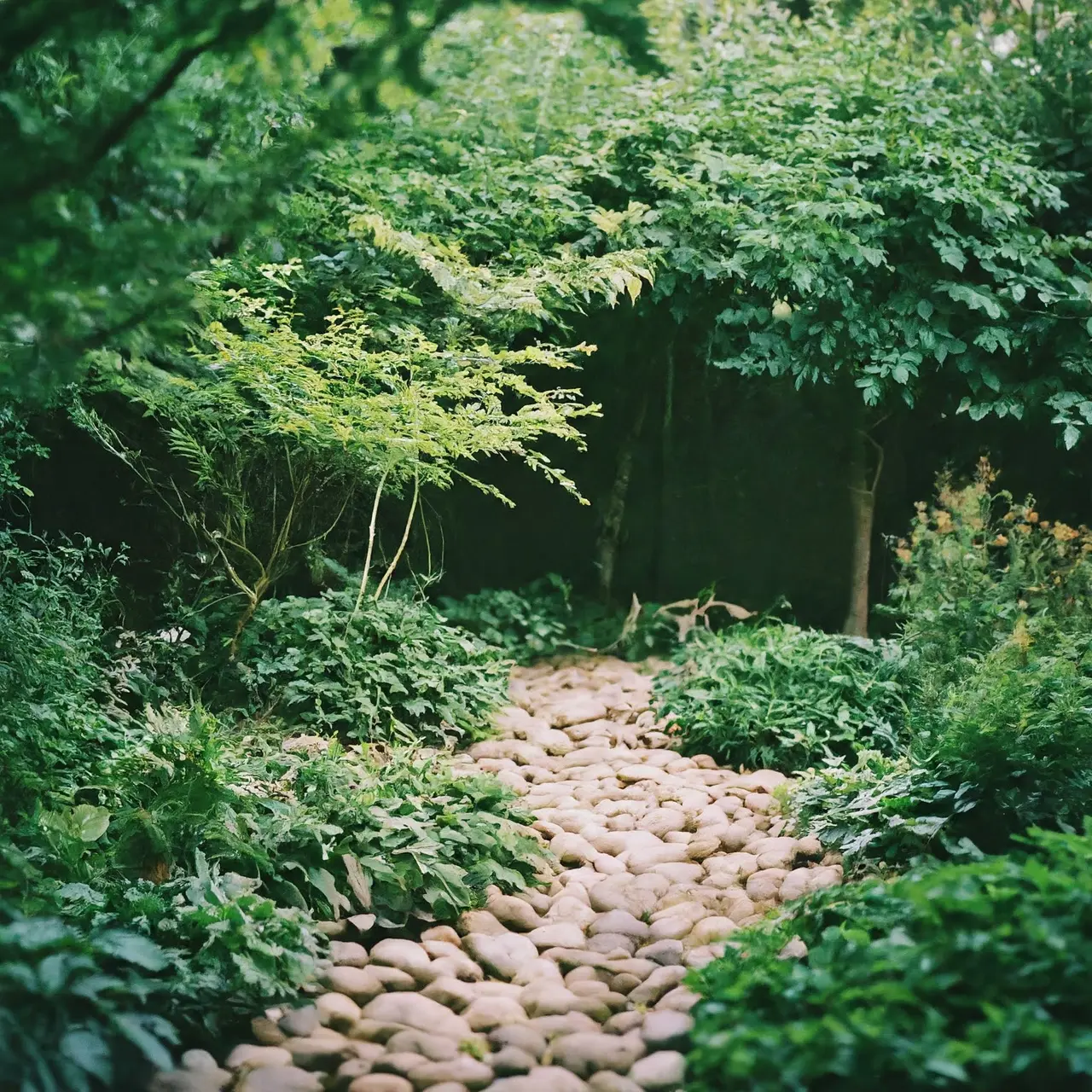
In our quest for the perfect garden aesthetic, landscape pebbles have become a cornerstone. But as we pave our paths and decorate our flower beds, it’s crucial to ponder: Are we treading lightly on the Earth with our choice?
Understanding Landscape Pebbles
Landscape pebbles, often heralded for their aesthetic appeal, are small, smooth stones used in a variety of gardening and landscaping projects. They’re prized for their decorative qualities, drainage benefits, and ability to suppress weeds. But where do these pebbles come from? Typically, they’re sourced from river beds, beaches, or quarries and can vary greatly in color, size, and shape.
Their versatility makes them a popular choice among garden enthusiasts and landscape architects alike. Whether it’s creating pathways, edging, or simply adding texture to a garden bed, landscape pebbles offer a durable and low-maintenance option. But their beauty and utility might also hide a less appealing truth about their environmental footprint.
The Environmental Impact of Mining Landscape Pebbles
Extracting landscape pebbles isn’t always a benign process. The mining of pebbles, especially in large quantities, can lead to habitat destruction, soil erosion, and pollution of waterways. Practices vary widely, with some locations implementing more sustainable methods than others.
Moreover, the removal of pebbles from river beds and beaches can disrupt ecosystems. These small stones play a crucial role in natural systems, providing habitat for microorganisms and aiding in water filtration. Their extraction, therefore, must be carefully managed to minimize environmental damage.
The pursuit of environmental sustainability challenges us to question: Are the aesthetic and practical benefits of landscape pebbles worth their ecological price? Comprehensive environmental assessments and responsible mining practices become indispensable in this context.
Transportation and Its Footprint
The journey of landscape pebbles from quarry to garden is not without its own environmental costs. Transportation, often over long distances, contributes significantly to carbon emissions. The heavier the load, the greater the fuel consumption and, consequently, the larger the carbon footprint.
This fact underscores the importance of sourcing locally. By choosing pebbles from local suppliers, we can reduce transportation emissions and support local economies. It’s a small but meaningful step towards reducing our global carbon footprint.
Sustainability and Alternative Options
As we grapple with the impact of using natural materials like landscape pebbles, alternatives begin to emerge. Recycled glass pebbles, for instance, offer a sustainable and equally beautiful option. These are made from post-consumer glass, thus reducing waste and negating the need for mining.
Other eco-friendly choices include pebbles made from composite materials or even rubber, which not only repurpose waste products but also provide a softer surface in play areas. Exploring these options allows gardeners and landscape designers to maintain aesthetic appeal without sacrificing environmental values.
Conclusion: Balancing Beauty and Responsibility
In the dialogue between landscaping ambitions and environmental stewardship, landscape pebbles occupy a nuanced position. They can both beautify our surroundings and, depending on their sourcing and use, challenge our commitment to sustainability.
Finding Harmony with Nature
Choosing landscape pebbles can be a step towards a more sustainable and beautiful garden, but it requires us to weigh their environmental impact. Like all good things, moderation and mindful selection are key. By opting for locally sourced, sustainably mined pebbles, and considering alternatives like recycled materials, we contribute to a healthier planet. In the tapestry of garden design, each pebble can reflect our commitment to an eco-friendly world.





